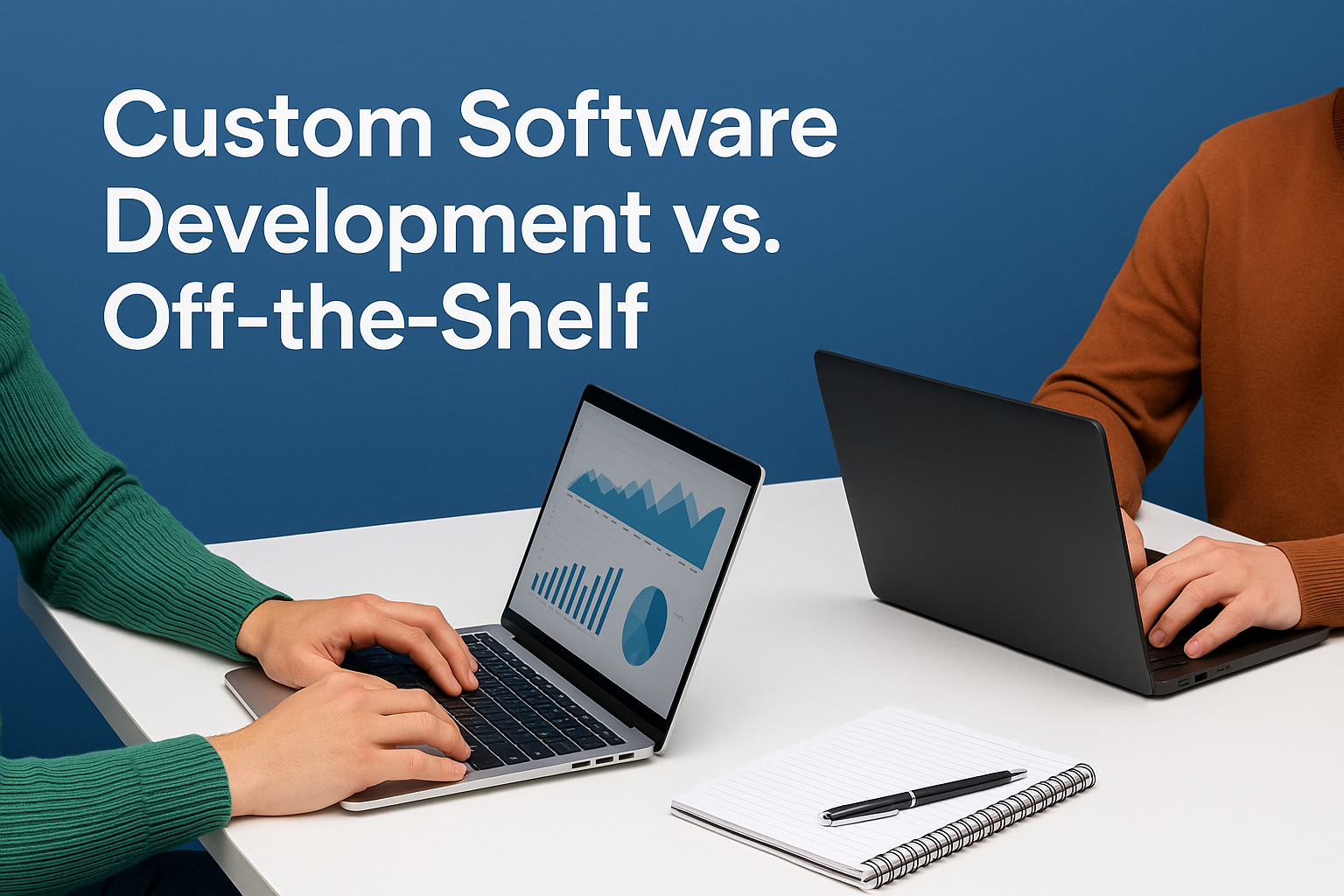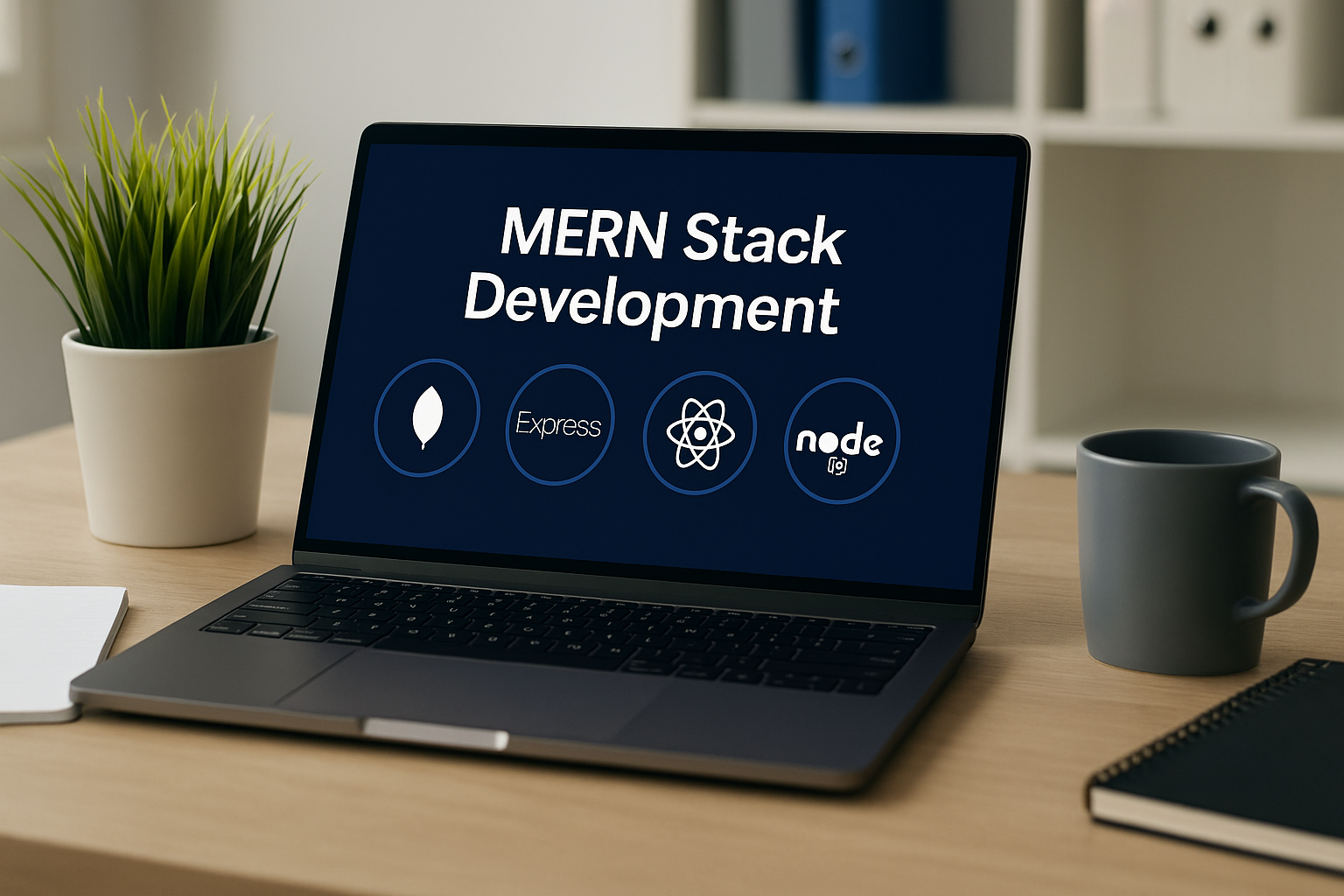Trends in Custom Software Development: What CTOs Should Watch

Introduction:
The custom software landscape is evolving faster than ever. For CTOs and technology leaders, 2025 brings a mix of innovation, automation, and rising expectations around performance, scalability, and user experience.
Staying ahead means understanding which software development trends will drive competitive advantage. In this blog, we explore the top developments shaping custom software development in 2025, and how they’ll influence enterprise strategies.
1. AI-Powered Development Becomes Mainstream
In 2025, AI is no longer an add-on—it’s a core enabler in the software development lifecycle. Tools like GitHub Copilot, ChatGPT, and custom LLM integrations are helping developers:
- Auto-generate boilerplate code
- Suggest real-time optimizations
- Predict bugs and write tests
- Automate documentation and deployment
For CTOs, this means faster build cycles, better code consistency, and reduced reliance on manual reviews.
Keywords: AI in software development, AI-assisted coding, intelligent development tools
2. Low-Code and No-Code Platforms Expand Their Reach
Low-code platforms are empowering non-developers to build internal tools, dashboards, and workflows—while professional developers use them to accelerate delivery.
Platforms like OutSystems, Retool, and Bubble are now enterprise-ready, supporting integrations, version control, and scaling.
Expect to see:
- Low-code used for MVPs and proof-of-concepts
- Hybrid teams of devs and product managers working side-by-side
- Lower TCO for internal applications
Keywords: low-code enterprise platforms, no-code app builders, rapid MVP development
3. Cloud-Native Applications Become the Default
Modern custom software is built with the cloud in mind. In 2025, cloud-native apps—built with microservices, containers, and serverless functions—are expected to dominate across industries.
Key advantages include:
- Flexible scaling
- High availability
- Faster deployments via CI/CD pipelines
For enterprises, this architecture ensures agility and resilience.
Keywords: cloud-native architecture, containerized applications, microservices development
4. Composable Architecture Replaces Traditional Stacks
Instead of all-in-one solutions, CTOs are opting for composable platforms—where best-of-breed tools are connected through APIs.
This makes it easier to:
- Swap components without overhauling the entire system
- Customize functionality without technical debt
- Future-proof the tech stack
Headless CMS, API-first platforms, and MACH (Microservices, API-first, Cloud-native, Headless) architecture are leading this shift.
Keywords: composable architecture, headless software platforms, MACH stack adoption
5. Enhanced Security & Privacy by Design
With stricter compliance standards like GDPR, CCPA, and ISO 27001, custom software must bake in security from day one.
Expect to see:
- Threat modeling during design
- Secure DevOps (DevSecOps) practices
- More AI-based anomaly detection in production
For CTOs, building trust through software security is no longer optional—it’s a business requirement.
Keywords: DevSecOps, data privacy in development, secure software engineering
6. Inclusive and Accessible UX Is a Competitive Advantage
Custom-built platforms in 2025 are prioritizing inclusive design to meet global accessibility standards (WCAG 2.2 and beyond).
Accessible software is:
- Legally compliant
- More user-friendly
- Better for SEO and public perception
UX teams are now partnering closely with developers from the start to ensure designs are both performant and inclusive.
Keywords: accessible web applications, inclusive software design, UX best practices
What This Means for CTOs
CTOs must shift from being tech enablers to strategic innovators. That includes:
- Embracing AI and automation where it adds speed or intelligence
- Rethinking architecture with composability and scalability in mind
- Prioritizing cross-functional collaboration with product, design, and ops
- Making long-term bets on platforms and ecosystems, not just tools
How Floatinity Supports Future-Ready Development
At Floatinity, we build custom software solutions designed for scale, speed, and modern architecture. Our approach includes:
- AI-assisted development tools and workflows
- Modern stacks like MERN, containerization with Docker, and microservices-based backends
- Accessibility-first UI/UX
- Robust DevOps and security standards baked into our delivery pipeline
We help tech leaders build software that’s not just functional—but future-proof.
Final Thoughts
2025 is a turning point for custom software development. From AI-enhanced workflows to composable platforms, CTOs who embrace these trends early will set their organizations apart.
Need a partner to build future-ready custom software? Connect with Floatinity to explore how we bring your tech vision to life. Stay updated on LinkedIn with insights, trends, and enterprise development expertise.



